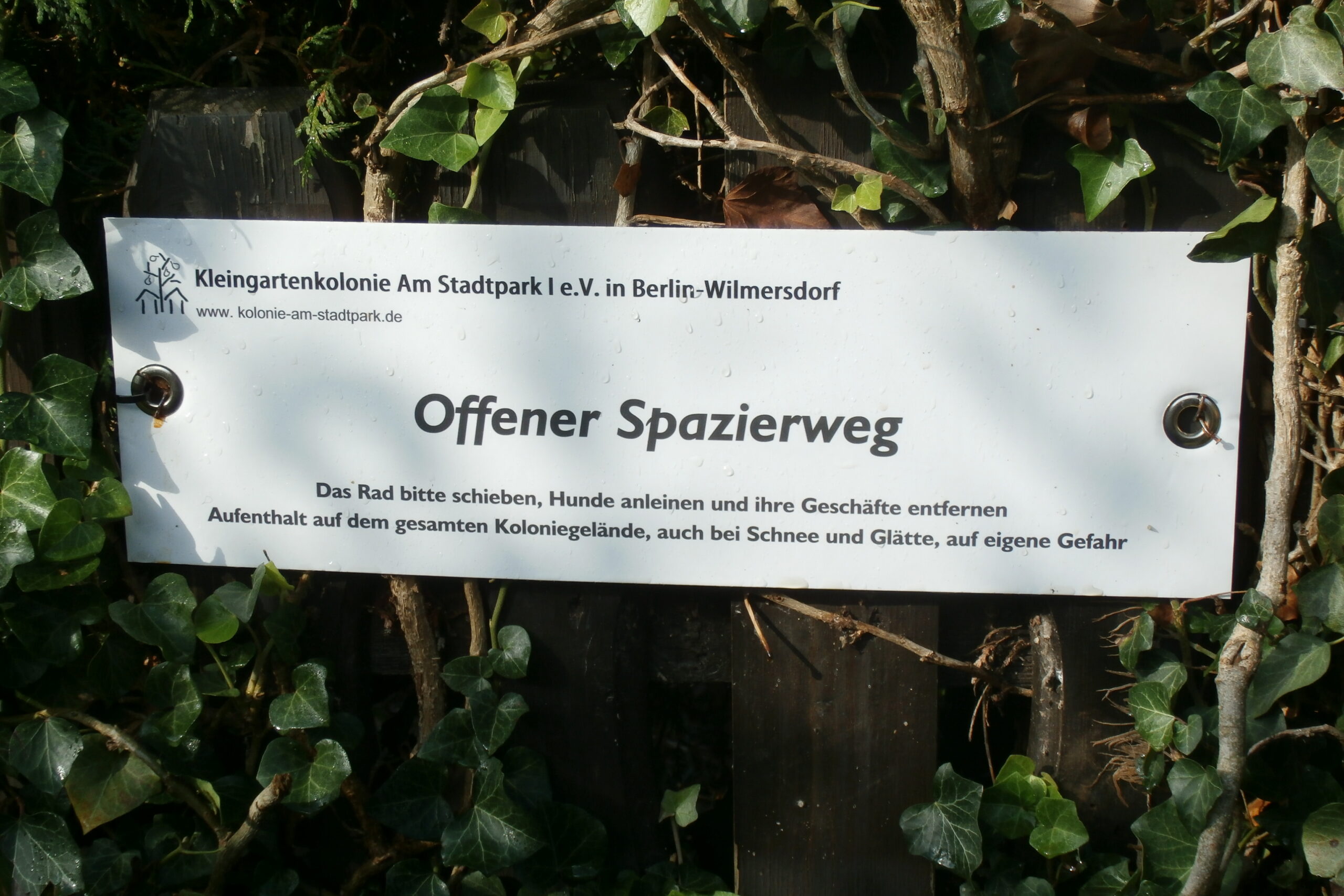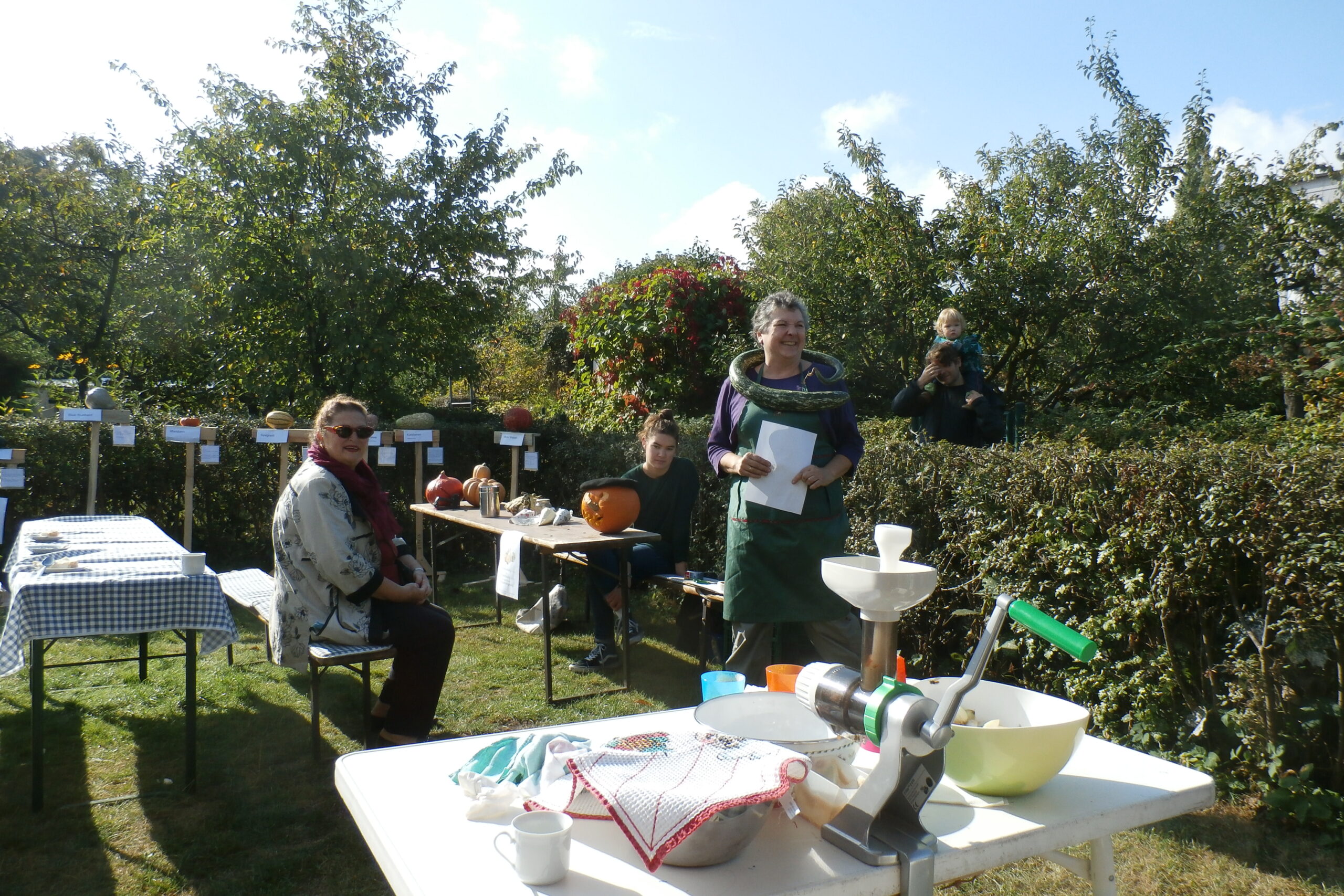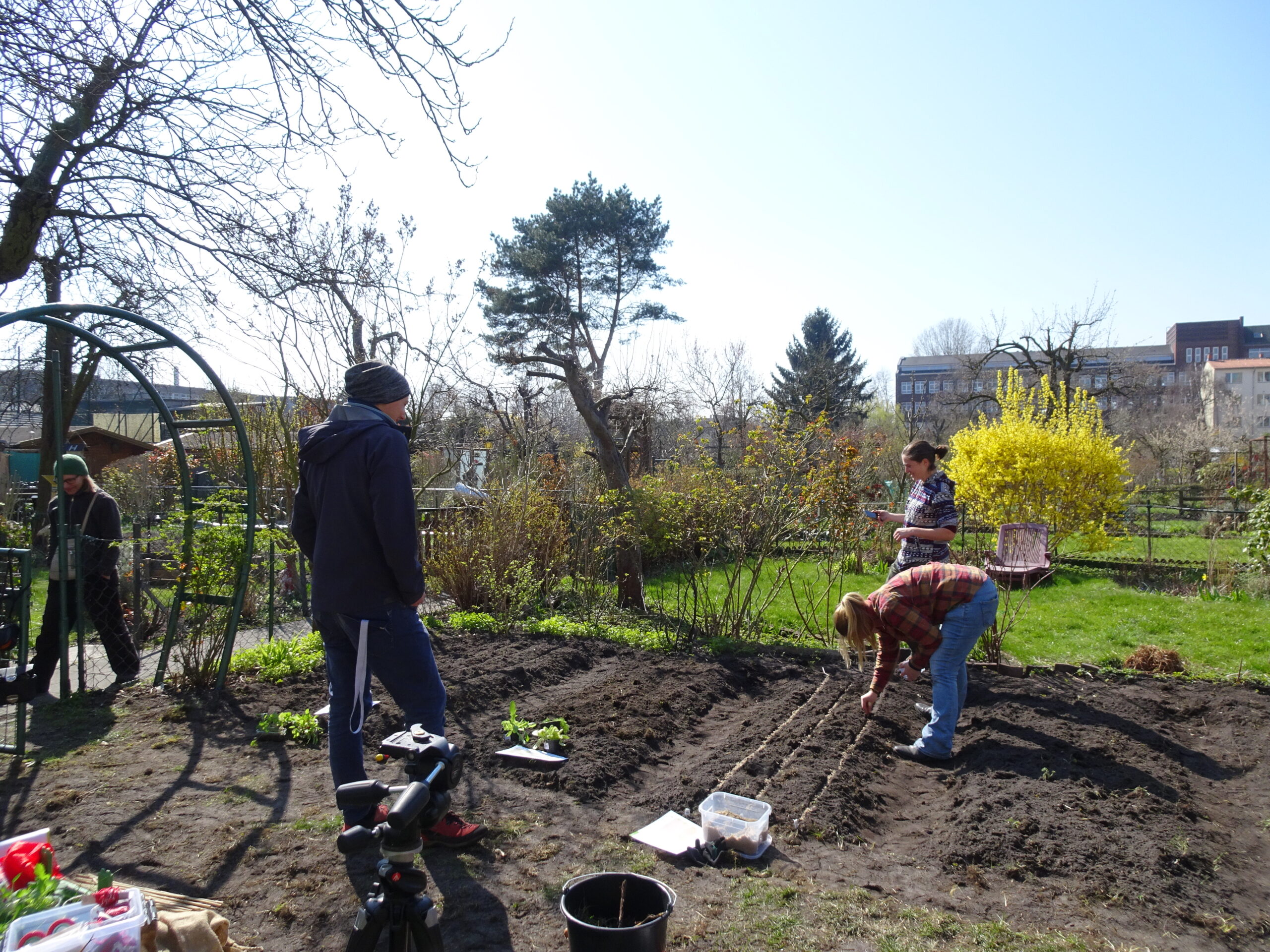In recent years, formal attempts to integrate allotment and community gardens in Berlin have aimed to stabilise the role of urban gardening practices in the city. Growing demands from both authorities and communities are seeking to make gardens more accessible to a wider public. These demands are part of broader discourses on the sustainable future growth of the city, in which urban gardens are seen as good devices for creating socio-ecological urban connections.
“Integration” is a wide concept that includes the interests of different state and non state actors and it could be investigated at different levels: between urban dwellers and natural resources, within gardens communities and among gardens typologies. It follows a summary of some practices and initiatives related to this topic.
Since 2017 in Berlin, the authorities have shown interest in recognising the importance of the community gardens in the city’s development strategies; such as the proposal for the protection of urban gardens presented by the SPD, Die Linke and Bündnis 90/Die Grünen parties (2017). The new Charta für das Berliner Stadtgrün (2020) includes community gardens among the important green infrastructures in the city but bind them to a state of temporariness, typical of neoliberal policies. Recently, the Senatsverwaltung für Umwelt, Verkehr und Klimaschutz has developed the on-line platform Produktives Stadtgrün, in order to formally map and give visibility to all the community gardens in Berlin. On the new website some ongoing “integration activities” are also quoted.
For what concerns allotment gardens, the administrative regulations of the Berlin Permanent Allotment Gardens propose the openness of allotment areas for all citizens supporting the creation of open internal paths, playgrounds, seating and common green areas (Land Berlin: Verwaltungsvorschriften über Dauerkleingärten und Kleingärten auf landeseigenen Grundstücken vom 15. Dezember 2009, III. (17)). However, most of the city’s allotments still have limited public access and do not benefit from a permanent status. The demand for rental plots is constantly increasing and often applicants have to queue for years and pay a fair amount of money. This phenomenon affects specifically the inner-city, which is the urban area that suffers most from the lack of green space supply due to past and current urban development dynamics.

The “Forum Stadtgärtnern” is a meeting platform for urban gardeners, practitioners, researchers, activists and city administration workers. During various meetings, the future of the gardens and their resilience in the city was discussed -“Zukunft für die Gärten, Gärten für die Zukunft”, and the practice of establishing community gardens inside allotments, as well the possible rent of a plots by groups of (young) people, was pointing out as a possible strategy, but it lacks of a formal procedure. A change in the use of allotments that aims to open them up to the public and reduce the private use of plots, would increase their social capital making their state more competitive towards the city’s development policies.
Some allotment gardens in Berlin have already applied this strategy, with different results.

In Kleingartenkolonie “Am Stadtpark I” near the Vereinhouse, a space is reserved for a community garden – Mitmachgarten, mostly run by neighbours and applicants waiting for a plot. The inner paths of the colony are also open to the public and they offer alternative “quiet and natural connections” through different parts of the neighborhood.
In the north of Neukölln – one of the districts of the city most stimulated by gentrification and urban transformation processes – at least two allotment gardens, “NCR” and “Harztal-Wilde Rose“, have opened a community garden that host internal activities and external collaborations.

A group of people from the “Tempelhofer Berg” Kleingartenkolonie has grounded an intercultural garden on the land adjacent to the allotment. The garden promotes collective activities for a wide public, including refugees and neighbours.
In Britz, the research project “Urban Waldgärten” (Dr. Jennifer Schulz, Dr. Torsten Lipp, Andreas Zurell) in collaboration between Bezirksverband Berlin Süden der Kleingärtner e.V., University of Potsdam, Neukölln District Office and the Berlin Senate Department (2019-2021), is investigating a new form of allotment area by contrasting the traditional private parcel use.
The research “Grüne Klimaoasen” by Eva Foss from Humboldt-Universität zu Berlin is related to the environmental impact of urban gardens, strengthening community collaborations and educational activities.
